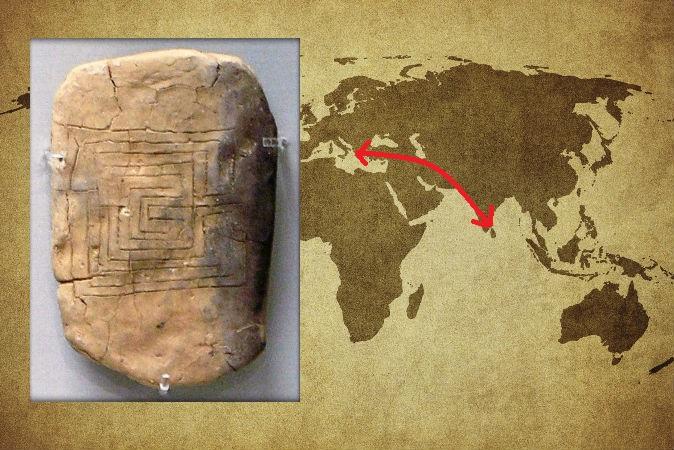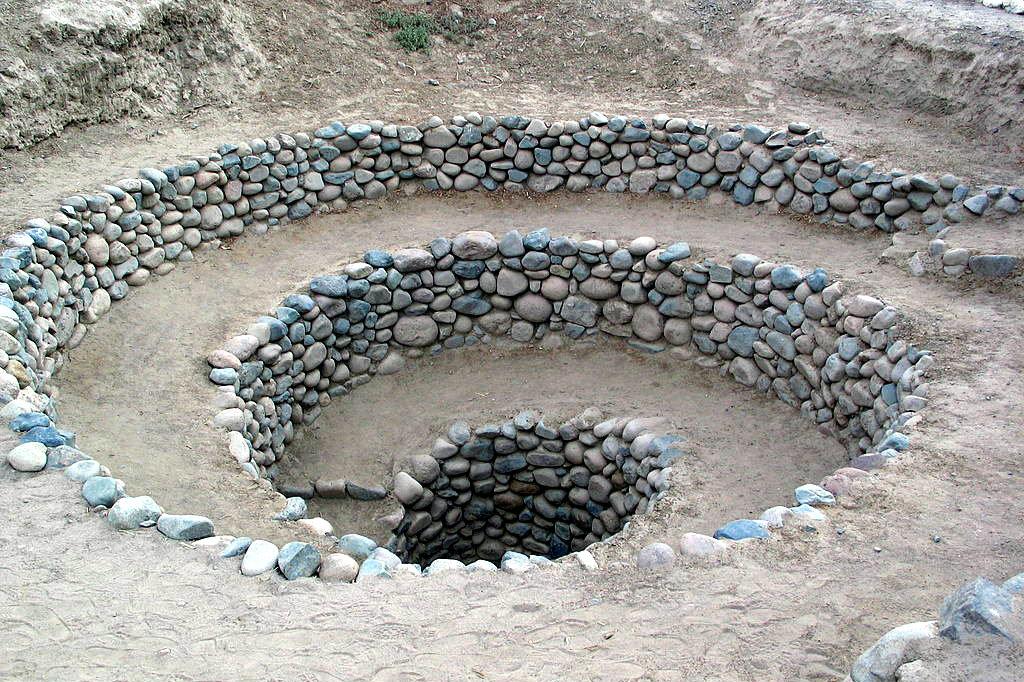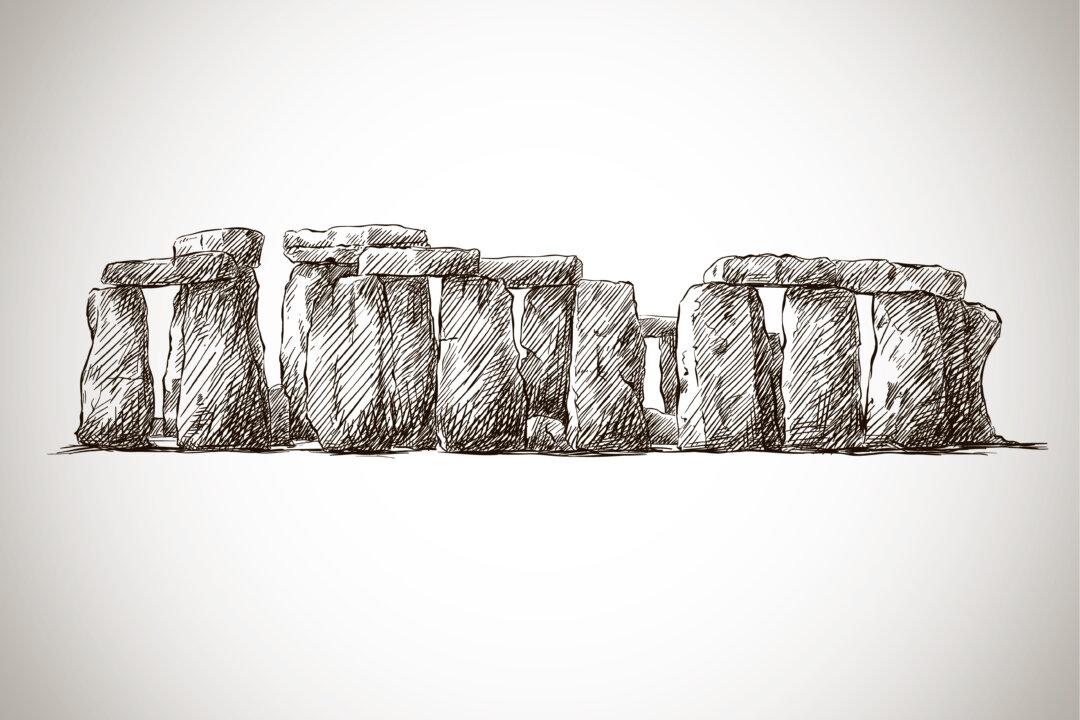Archaeologists have uncovered a labyrinth in India that dates back 2,000 years and has a pattern similar to those found on a clay tablet found at Pylos, Greece, from 1200 B.C.
The square labyrinth, which measures 56 feet squared (17 meters squared), is in Gedimedu, a village in Tamil Nadu, southern India. It is being excavated by researchers from the Verarajendran Archaeological and Historical Research Centre, according to Times of India. The site is on an ancient trade route along the east coast.
Locals have built a temple over the labyrinth, but archaeologists intend to ask them to remove it to allow further excavation and study.
S. Ravikumar, chief of the research team, told Times of India: “The labyrinth has one pathway which leads inexorably to the goal from the point of entry. One has to walk through the right path to reach the goal. It is believed that the person who walks through the seven routes correctly will fulfill his wishes.”




